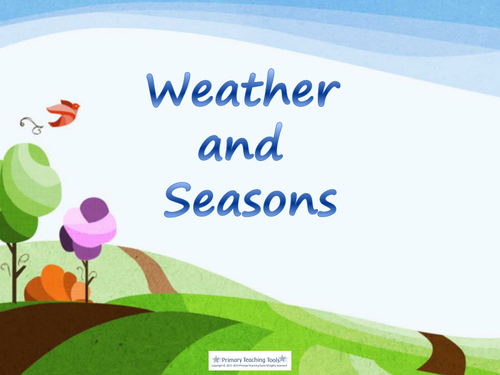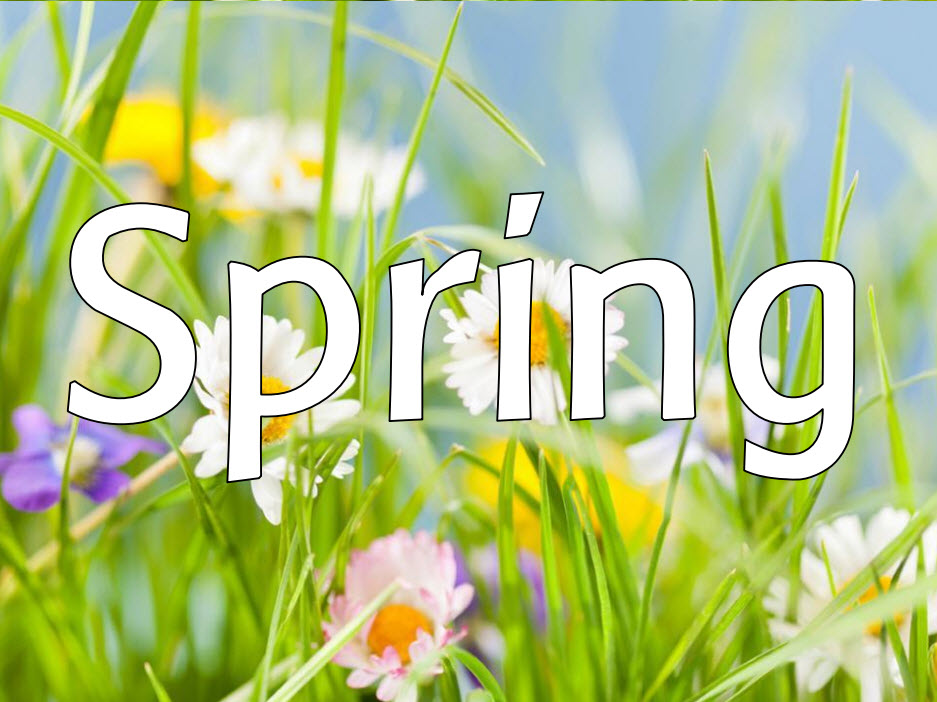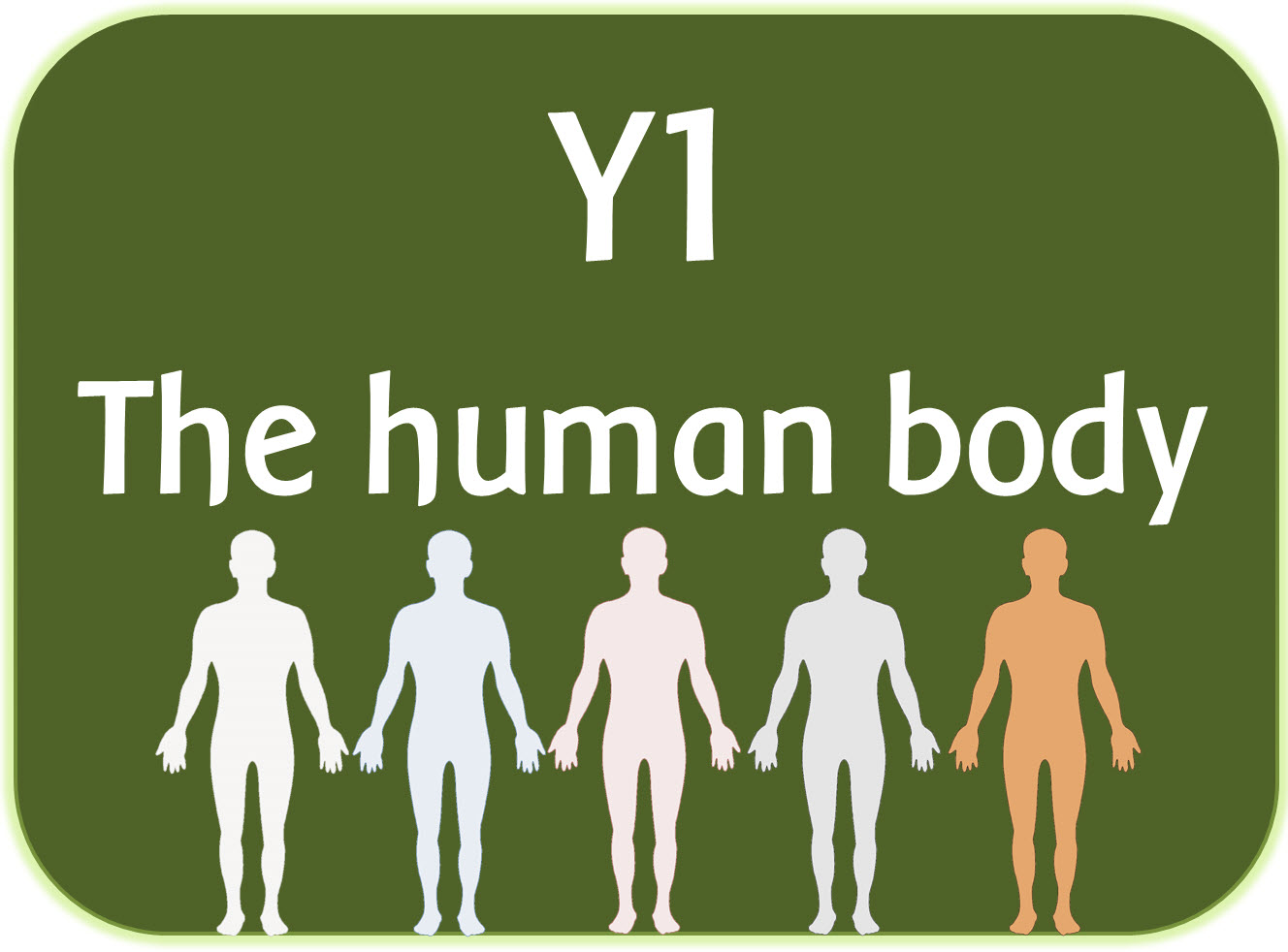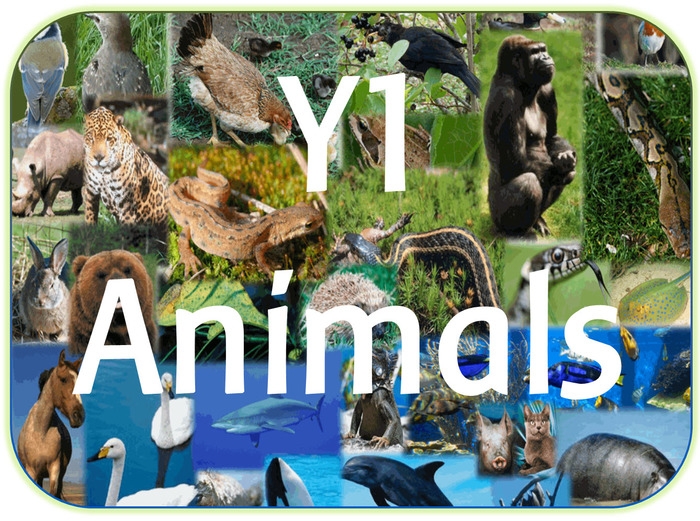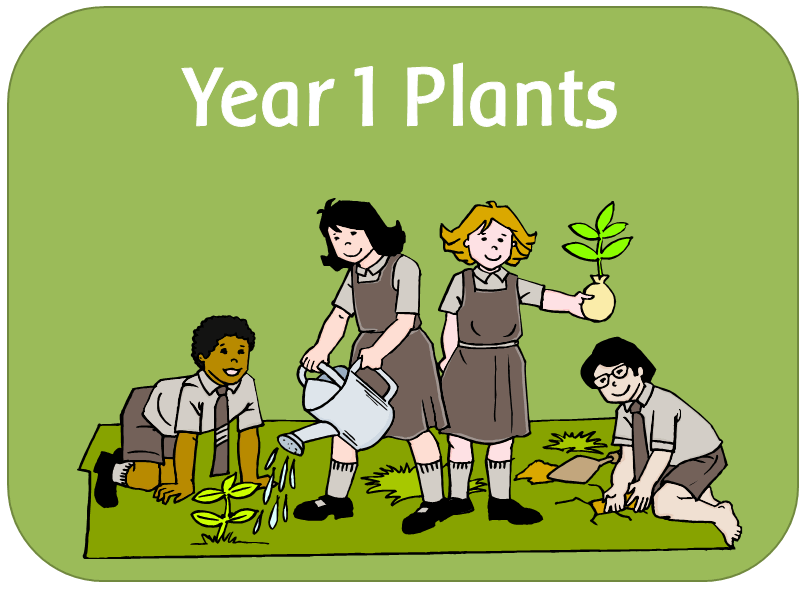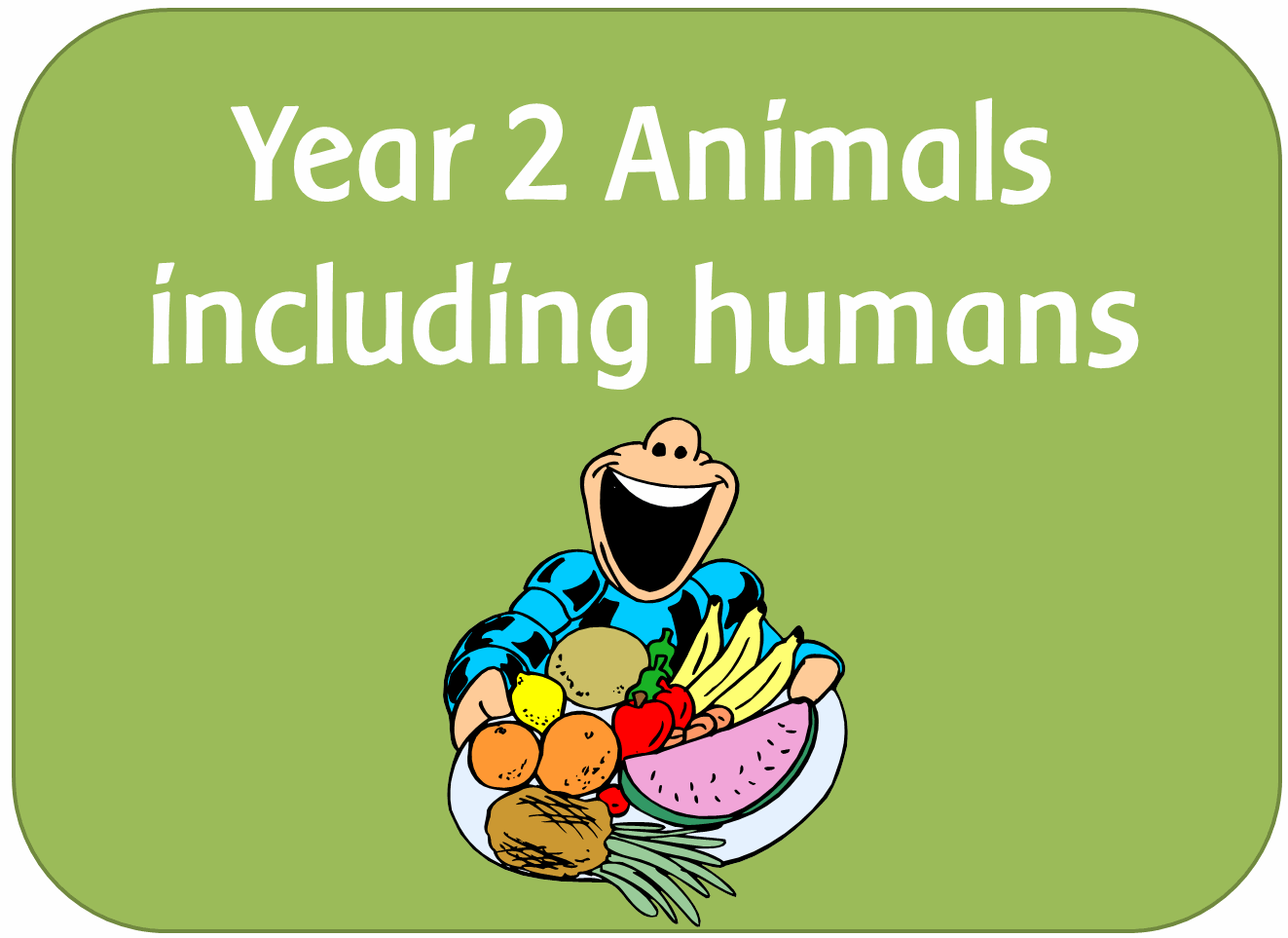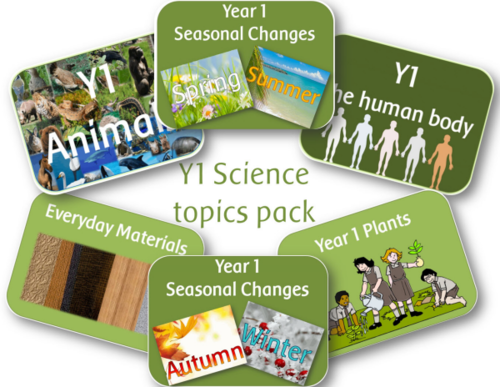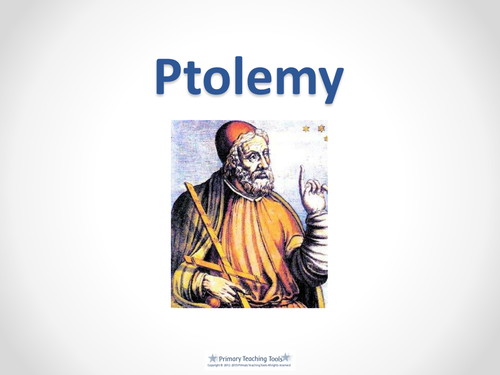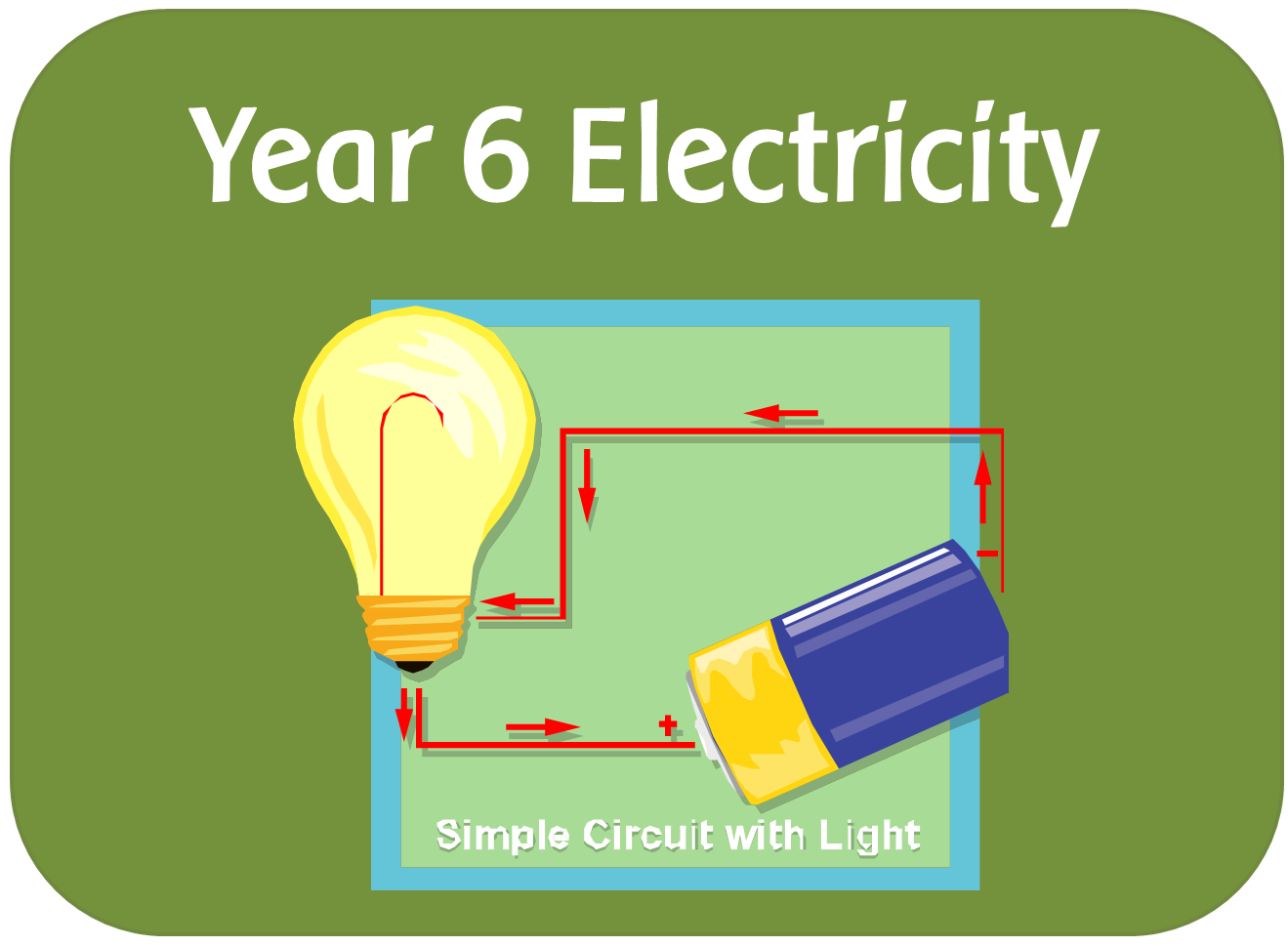
404Uploads
1072k+Views
683k+Downloads
Primary science

Minibeasts / Insects for EYFS / KS1: PowerPoint lessons, activities and display pack
POWERPOINTS
ANTS:10 page presentation, includes where they live, body parts, life cycle, ant attacks, and food.
BUTTERFLIES: 15 page presentation, includes parts of a butterfly, life cycle of a butterfly, butterfly eggs, caterpillars, what caterpillars eat, how caterpillars change, what do butterflies eat, how do they fly, why are they different colours, and camouflage.
EARWIGS: 11 page presentation, including how they grow, what they eat, where they live, are they pests, how they are born, and interesting facts.
FLIES: 12 page presentation, includes what they eat, life cycle, houseflies, horseflies, mosquitos, crane flies, dung flies, and hoverflies.
HONEY BEES: 10 page presentation, includes what they eat, where they live, arethey pests, bee stings, life cycle, what they look like close up, how they make honey, and a bee rhyme
LADYBIRDS:10 pages, includes where they live, what they eat, life cycle, enemies, facts and a rhyme.
SLUGS AND SNAILS: 9 page presentation, includes where they live, what they look like, how they move, life cycle, what they eat, and what eats them.
SPIDERS: A 22 page presentation, includes spider body parts, legs, eyes, mouth, predators, webs, spiderlings, different types of common spiders - house spider, garden spider, woodlouse spider, wasp spider, spitting spider, and tarantula.
WOODLICE: 7 page presentation, including where they live, are they insects, what do they look like, what do they eat, does anything eat them, and life cycle.
WORMS: A 13 page presentation, includes can worms see, where they live, how they move, what and how they eat, how they breathe, their enemies, and how they are good for the soil.
MINIBEAST FACT FILE: 24 page presentation, recapping different minibeasts
I KNOW AN OLD WOMAN WHO SWALLOWED A FLY: -the rhyme
DISPLAY resources
A-Z LETTERING: Plus numbers and letters with a minibeast/leaf fill
MINIBEASTS BANNER: Prints onto 2 A4 sheets
MINIBEASTS DISPLAY BORDER: Attractive border to print out to frame your displays
INSECTS LETTERING: Prints onto 2 A4 sheets. You can cut the letters out out or display it as a banner
MINIBEASTS LETTERING:Prints onto 3 A4 sheets. You can cut the letters out out or display it as a banner
NUMBER LINE: Ant number line to 20
LIFE CYCLES: 3 pages - the life cycles of a bee, butterfly and fly.
ACTIVITIES
CARDS - WORDS AND PICTURES: Match the words to the minibeast pictures. 16 different minibeasts, 32 cards in total
MINIBEASTS FLASH CARDS: 39 different flash cards with photographs of common minibeasts. They can be used as cards or for display.
MINIBEAST CLIPART: Colourful clipart to print
MINIBEAST COLOURING: Large black and white pictures to colour
WRITING BORDER: Minibeast writing border; lined and unlined
TOPIC COVER: To colour in - 2 versions, insect/minibeasts

Healthy Eating display
A set of resources for display about Healthy Eating and different food groups. It includes food group posters, blank food group posters, images of different types of food that can be used for display or card games, headings and lettering.

Y1 Science - Weather and seasons
An overview of weather and seasons, to use alongside the individual spring, summer, autumn and winter packs.

Y1 Science topic - Seasons - Spring topic powerpoint, display and activities
A set of resources looking at different aspects of spring - the weather, animals, plants etc.
The spring powerpoint covers objectives in the Y1 science curriculum, looking at the season of spring and how the weather and day length varies.
Also in the set are photographs, vocabulary cards, headings, lettering, borders etc.

Y1 Science topic - Seasons - Autumn topic powerpoint, display and activities
A set of resources following the 2014 curriculum, looking at the season of Autumn and how the weather and day length varies.

Year 1 Science Animals including humans: the body & 5 senses powerpoints, worksheets and activities
A set of whiteboard resources and activities to teach children to identify, name, draw and label the basic parts of the human body and say which part of the body is associated with each sense.
The set also includes a heading for display and an outline adaptable MT plan.

Year 1 Science - Variety of common animals - Animals including humans topic pack
A set of wpowerpoints and printable activities to teach children how to identify and name a variety of animals, describe and compare their structures and identify animals that are carnivores, herbivores and omnivores.

Year 1 Science - Plants topic pack
This set of resources includes planning, worksheets and powerpoints. The powerpoint lessons cover the following objectives:
identify and name a variety of common wild and garden plants, including deciduous and evergreen trees
identify and describe the basic structure of a variety of common flowering plants, including trees.

Year 1 Science - Everyday materials topic pack - powerpoints, worksheets activities and display
A set of IWB teaching lessons, worksheets, activities and display resources. It has been made following the curriculum 2014 objectives.

Year 2 Science - Animals including humans - powerpoints, planning, worksheets & display pack
A set of resources to teach about how animals have offspring which grow into adults; the basic needs of animals and the importance of exercise and healthy eating.

Year 2 Science - Living things resource pack - powerpoints, planning, display and worksheets
A pack of resources following the new science curriculum.

Year 3 science - Plants - powerpoints, worksheets, planning & display
A set of resources looking at the functions of different parts of flowering plants (roots, stem, trunk, leaves and flowers); the requirements of plants for life and growth, and the part that flowers play in the life cycle of a plant.
Bundle

Year 1 Science topic pack
A set of resources for all Science topics covered in Y1 - includes powerpoint lessons, activities, display, outline plans etc.

Y1 Science topic - Seasons - Winter powerpoint, display and activities
A set of resources following the 2014 curriculum, looking at the season of Winter and how the weather and day length varies.

Space topic - powerpoint resources
10 powerpoints, looking at the Earth, Moon, Planets and Sun; the Space Race, Yuri Gagarin, Neil Armstrong and the moon landing, and the life of an astronaut:
PLANET EARTH - Answers to the following questions: How old is Earth? / How big is Earth? / What is Earth made of? / How much water is on Earth? / Does the Earth spin? / Why can we not feel the Earth move? / How hot is Earth? / Does Earth have an atmosphere? / Where is Earth? (demonstrates with pictures our position in the Solar System / Milky Way / Universe)
THE SUN - Answers the following questions - What is the sun? / How did the sun form? / What size is the sun? / Does the sun move around the Earth or does the Earth move around the sun? / What is the sun made of? It also describes a solar eclipse, sun spots, and the sun's core.
THE MOON - Answers the following questions - What size is the moon? / How far away is the moon? / How does the moon stay in the sky? / How long does it take the moon to orbit the Earth? / Do we see different sides of the moon? / Is it cold on the moon? / Is the moon a source of light? / Why does the moon seem to change shape? / What is it like on the moon? / How many people have walked on the moon? It also looks at gravity, the moon, and the sea.
PLANET FACT FILE - Looks at the 8 planets in the solar system and how they are studied. It explains the relative sizes of each planet, and compares them to the size of the sun. The planets each have their own page, with information such as: What is it like? What is it named after? Has it been visited by spacecraft? Can we see it? It contains a mnemonic to remember the order of the planets. It ends with a series of questions to see what the children have remembered.
THE SPACE RACE - A 14 page PowerPoint that looks at the main events that happened in the Space Race.
NEIL ARMSTRONG AND THE MOON LANDING - A biography of the life of Neil Armstrong, and how he became an astronaut, and the first man to walk on the moon. It describes the Apollo 11 mission, and the famous journey to the moon.
SPACE STATIONS - Describes the first space stations launched by Russia, and explains what a space station is. Talks about the International Space Station; how it is assembled, and what happens on it.
THE LIFE OF AN ASTRONAUT - A description of what life is like for an astronaut - Training / Work that astronauts do / Living on the International Space Station / Expeditions / Gravity in space / Weightlessness / Space food / Sleeping / Daily routines on the ISS / Clothing / Activities.

Dinosaur resources, display, games and activities for EYFS KS1
A pack of powerpoint lessons, activities, games and display
Powerpoint files:
A pack of worksheets, activities, cards and display resources for a dinosaurs topic.
ACTIVITIES
Acrostic poem templates x 2
Bones - different lengths to use for sequencing activities
Coloured bookmarks with dinosaurs - 4 different designs
Black and white bookmarks - 8 different designs
Cards - 9 cards with different dinosaurs on for matching/snap games
Colouring scenes - 11 different designs containing different types of dinosaurs
Counting dinosaurs - 12 different amounts of dinosaurs with space to write the number.
Dinosaur eggs - different sizes for sequencing
Dinosaur masks - black and white to colour
Dinosaur masks (colour)
Black and white dinosaur pictures - 13 simple line drawings to colour/cut out etc
Dinosaur information cards - to fill in
Dinosaurs - different sizes for sequencing (2 different designs)
Finger puppet dinosaurs - small images for puppets
3 x dinosaur themed jigsaws
Topic covers x 3
Wordsearch
Writing border
DISPLAY
A4 heading
Alphabet - 2 versions, one on an egg, the other on an image of a dinosaur hatching.
A-Z lettering, plus numbers and punctuation, with a dinosaur background image
Banner x 2 designs - large 3 page banners
Border with dinosaurs to frame a display
Clipart dinosaurs, for activities or display
Dinosaur alphabet capitals (2 letters per page; the letters are inside the dinosaur body)
Dinosaur skeletons - 5 different images
Numberline - Dinosaur egg - to 20 with numerals and writing
Numbers 1-100, with odd and even numbers different colours
Posters - 10 A5 posters containing images and vocabulary
Word mat - with vocabulary the children may need.

Year 4 Science - Sound powerpoints, worksheet, planning and display pack
A set of resources to help children understand about sounds and how they are made. It follows the objectives of the 2014 curriculum.
POWERPOINTS:
LISTENING TO EVERYDAY SOUNDS: Twelve everyday sounds to listen to as an introduction to the topic
HOW WE HEAR: Explains how we hear and looks at different parts of the ear and what happens when sound enters it. It asks questions to encourage the children to think about sound and hearing.
WHAT ARE SOUNDS: Explains that sounds are vibrations, discussing how sounds are made and how vibrations travel through air and through solids. Discusses loud sounds, the effects of wind, and how light and sound travel at different speeds, giving examples.
PROPERTIES OF SOUNDS: Explains pitch and volume; how volume changes with distance but pitch does not unless the source of sound is moving. It ends with an activity to describe a selection of sounds.
THE VOLUME OF SOUNDS: Activity to listen to sounds and think about distance and volume.
MAKING SOUNDS: A look at different musical instruments and how they make sounds. Includes drums, piano, and guitar. Suggests different objects the children cound use to create different sounds.
SOUND - MUSICAL INSTRUMENTS: Pictures of different instruments for the children to look at and work out how they make sounds.
WORKSHEETS:
SOUND CONCEPT MAP: For the children to record what they already know and what they would like to find out
LISTENING TO SOUNDS SHEET: To use on listening activities
TOPIC COVER X 2: With 'Sound' title; one with a picture, the other without.
DISPLAY:
A4 Sound title
A-Z lettering, with Sound title, one letter per A4 page
INVESTIGATION SHEETS:
A set of different sheets for investigations and recording
PLUS a medium term plan with activities and web links

Year 6 Electricity science topic - powerpoint lessons, activities and display pack
A set of resources to assist practical investigations when learning about electricity and simple circuits.
POWERPOINTS
CIRCUITS AND ELECTRICITY: Asks questions to recap on learning from Year 4, to see if children have the appropriate background knowledge. It explains electricity and how it will only flow when it has a complete circuit. It talks about batteries as a source of electricity and introduces the use of symbols for creating circuit diagrams.
CIRCUIT DIAGRAMS: Goes into circuit diagrams in more detail, showing different symbols, and different circuits, explaining how bulbs can be made brighter etc. Ends with questions about circuits and asks how the children can test out their answers.
ACTIVITIES
AfL, to record what they know / would like to find out
Circuit recording sheet
Circuit cards (to make pictorial representations of circuits)
Topic cover x 2, with and without a picture
DISPLAY
A-Z lettering
Banner
Cards - circuit symbols
Vocabulary cards
INVESTIGATION AND RECORDING SHEETS
A folder of sheets for recording and investigations
Plus an adaptable medium term plan, with web links

Minibeast cards - for display, activities, observations etc
This set of cards includes 56 general minibeasts (mainly ones found in the UK); 10 UK butterflies and 10 of the UK's most common spiders.
Also included in each set is an A4 heading.
The cards can be printed out for classification activities, observation,sorting activities etc.



